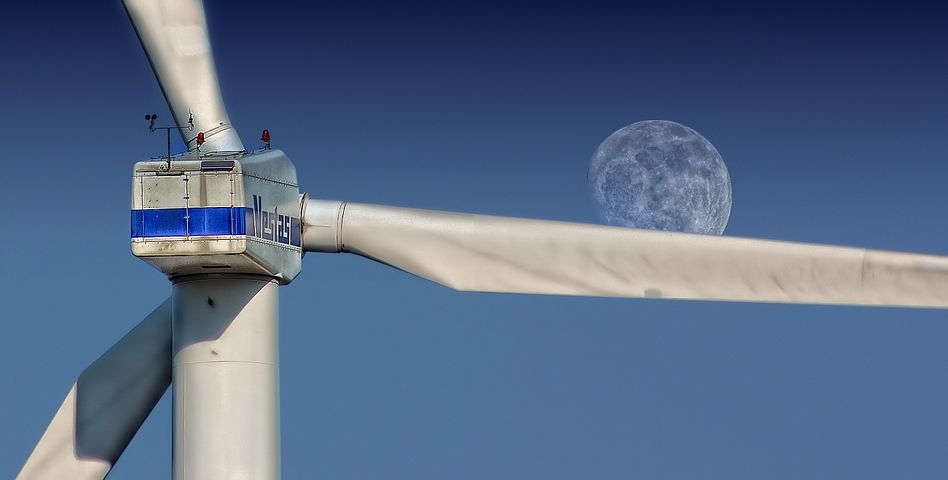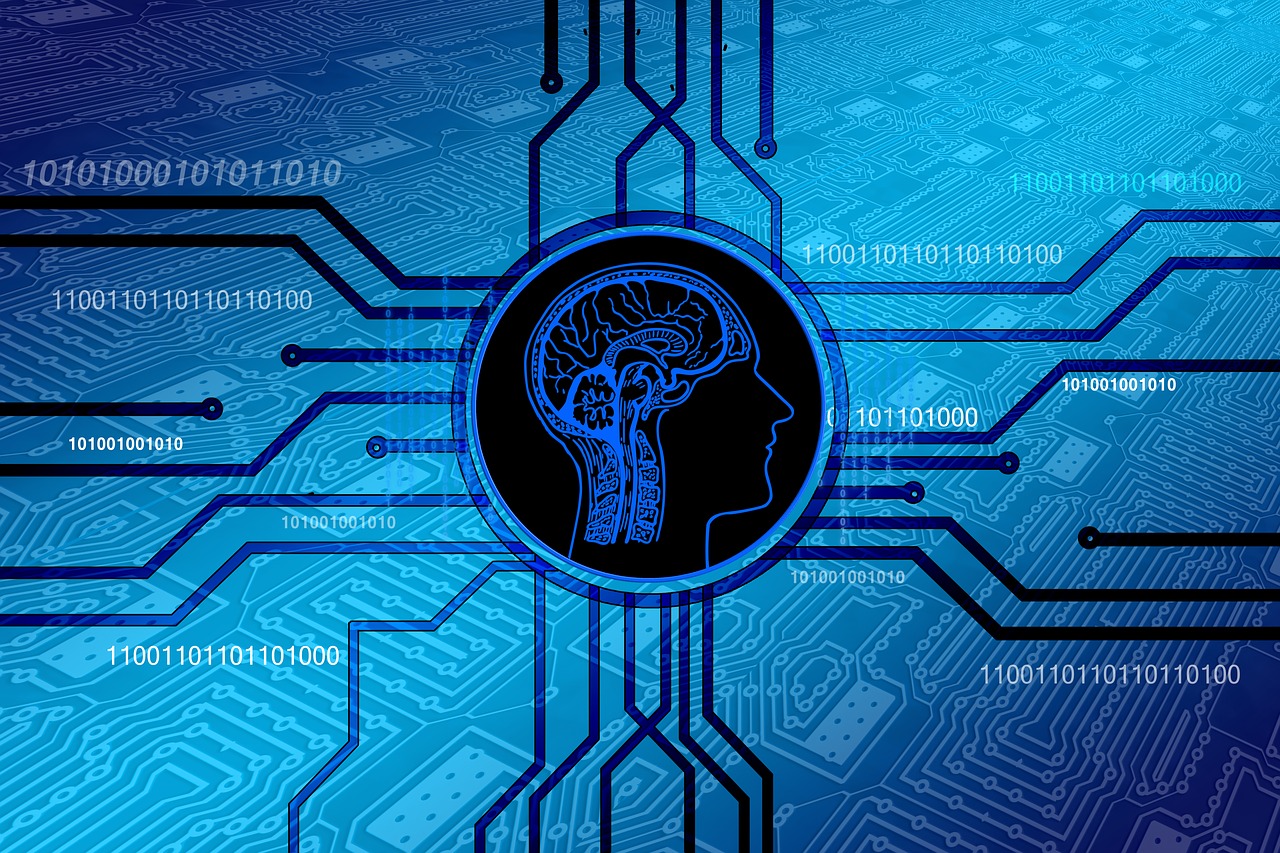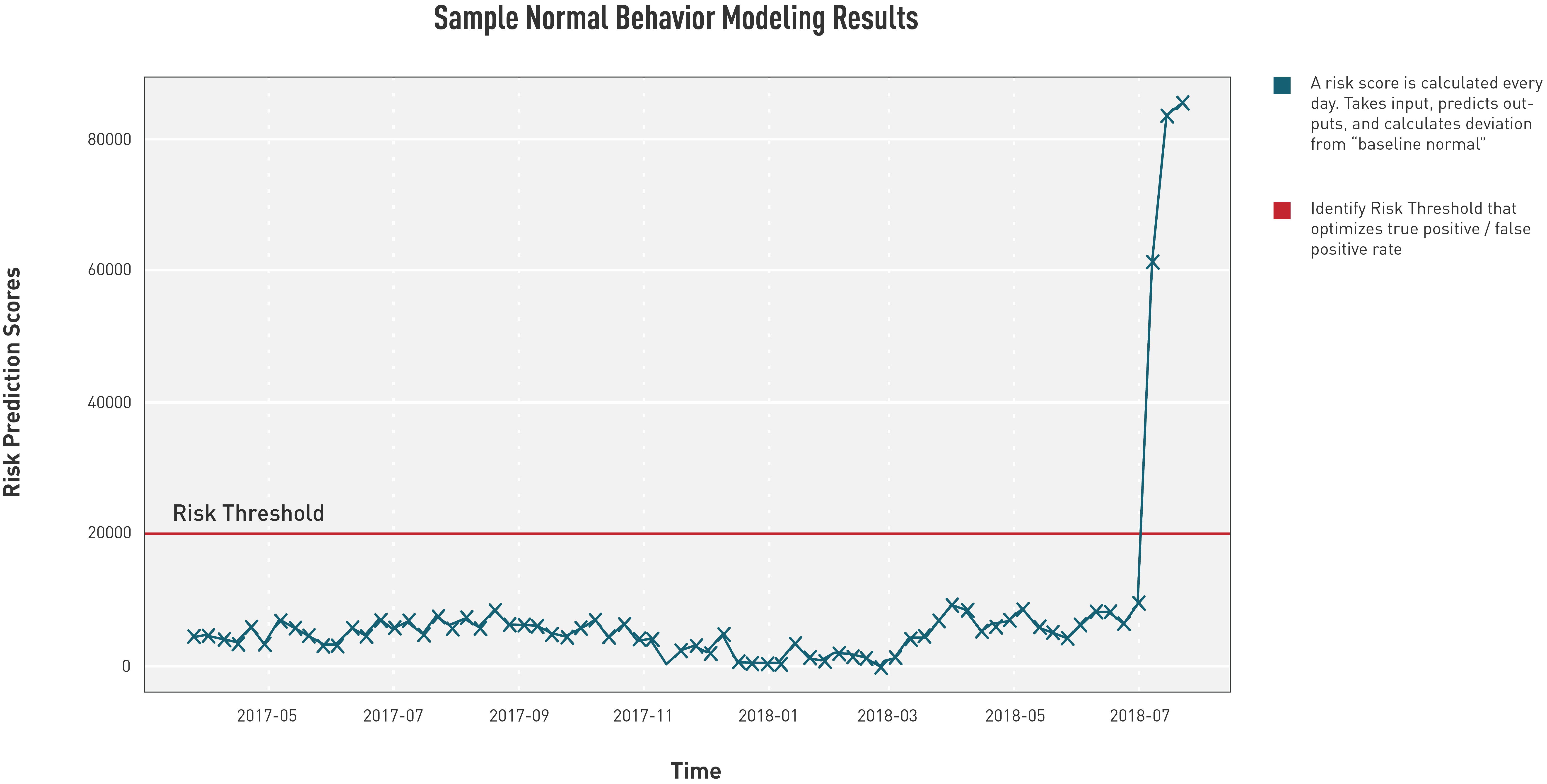Using AI to Pinpoint the New "Normal" in Wind Turbine Performance
We expect machines to be more consistent than we humans, but the truth is, machine behavior can vary daily. Fortunately, or unfortunately, these variations are more likely to be due to external factors like temperature and wear, rather than which side of the bed it woke up on.
Maintenance managers have long depended upon condition-based monitoring (CBM) to alert them to this type of degradation, and the needed repairs. However, we now have a more reliable way to predict failures; by understanding deviations from normal behavior, Artificial Intelligence (AI) powered predictive maintenance has been able to detect some failures months in advance, with up to 90 percent accuracy. Imagine the difference these sorts of insights could make when scaled across operations.

The business case
Wind turbines are complicated machines that populate vast expanses of water, farmland, and mountain ranges. According to the American Wind Energy Association (AWEA), a new turbine is installed every two and a half hours, presenting both a tremendous means to generate clean, renewable energy, and a new liability in terms of maintenance and repair. Deployed turbines are at the mercy of the elements, including precipitation, lightning strikes, wind gusts, and ice, in addition to wear from normal operation. This means that every turbine operates under unique conditions and stresses, limiting the accuracy of traditional condition monitoring.
With over 58,000 turbines, and a total of 90 GW of capacity now operating across America, it's easy to see how maintenance costs are compounded by scale. A single, out-of-service 1.5MW turbine can cost an operator over $2000 USD per day, in lost production. If needed, an unexpected crane rental pushes costs upwards of $350K per week. Offshore repairs are even more complicated, and can cost over $1M per week to rent a jack boat.
Fortunately, advances in AI are helping to address these problems by providing more accurate analytics to identify suboptimal performance, and quantify the risks of failure. Take, for instance, the crane rental example: With a better understanding of the failure timelines for multiple turbines in a wind farm, the operator can pinpoint the precise window of opportunity to hire a crane for several repairs at once - spreading the expense across multiple assets. With wind capacity expected to nearly triple by2030, strategies are needed today, to drive efficiency across the industry.
 Why is AI needed for predictive analytics?
Why is AI needed for predictive analytics?
Predictive maintenance involves deploying sensors to monitor critical components of a physical asset. Data is then analyzed for known and unknown clues that indicate imminent failures. Traditional approaches require technicians and subject matter experts to monitor asset health in real time, often reacting to issues rather than anticipating them. Due to the distributed nature of wind farms, limited worker expertise, and rapid industry growth, this existing methodology is unsustainable.
These aren't the only issues; predictive maintenance requires historical data and failures to create a model which can be used to predict asset health and operating states of a given asset. In traditional approaches, these models rely on pre-programmed rules, and physics-based models, all painstakingly calculated by human analysts. Not only is it a struggle to scale these models across large operations, they take a great deal of time to design and implement, and perform poorly in predicting edge cases that occur under extreme or unusual operating parameters. Most unfortunately, if a single variable of the asset is changed, the model becomes obsolete.
Artificial intelligence can solve these challenges. AI enabled predictive maintenance platforms ingest sensor data, and automatically create models to identify when each individual asset is drifting away from its normal expected behavior.
By its very nature, an AI model is continuously learning and refining itself, allowing it to analyze patterns and catch failures - especially if it has never seen them before. This flexibility also allows a cognitive model to catch edge cases that a rules-based approach cannot. Even adjustments to the asset itself are not a problem, as the dynamic nature of these models allows them to adapt to changing conditions. This new type of predictive maintenance is already being deployed across the wind industry, to protect main bearings, pitch bearings, generators, gearboxes, and more.
AI-powered normal behavior modeling
AI-powered predictive maintenance relies on normal behavior modeling (NBM) to offer an innovative approach to anticipating secondary failures, as opposed to traditional condition monitoring. NBM uses historical sensor data and neural networks to more accurately characterize the normal operating behavior of a turbine subcomponent. An index is then developed based on the inherent risk of failure, depending on how far the observed asset behavior deviates from the derived norm.
Because behavior deviations can occur in both overt and covert ways, it is critical to understand the contributing features and indicators of failure, in order to better derive root cause and drive precise repair actions. Through a concept called explainable AI, advanced machine learning platforms are able to surface and prioritize the top contributing features that are driving the results. Explainable AI provides clear and actionable insights to the operator, helping to prioritize their next steps.

In case studies leveraging this technology, AI-powered predictive maintenance has been able to detect main bearing failures months in advance, with up to 90 percent accuracy; it has flag impending generator failures with one month's notice, at 70 percent accuracy.
Getting started with AI
How can operators obtain this technology for themselves?
To successfully implement an AI enabled predictive maintenance solution, a company needs to have a specific problem for the AI to solve - and lots of good data (of a high enough quality) for an algorithm to learn from. With wind farms, seasonality is important; having a full year of historical data improves the algorithm. An AI solution is only as good as the data it's been given. There also needs to be a reasonable expectation of finding a pattern in the data; without that, there's nothing for the AI to analyze.
Other important considerations include clear goals, strong leadership, and selecting a legitimate AI vendor with expertise in the area. Wind operators that pay attention to these factors, and plan their AI implementations accordingly, have the potential to completely reshape their operations, and improve their operating margins for the future.
Jessica Hamm is Director of Solutions for SparkCognition. SparkCognition works with companies around the worldto build human-level intelligence applied at machine scale, in order to optimize operations, and find new solutions to old problems.
SparkCognition | www.sparkcognition.com
Author: Jessica Hamm
Volume: 2019 January/February












